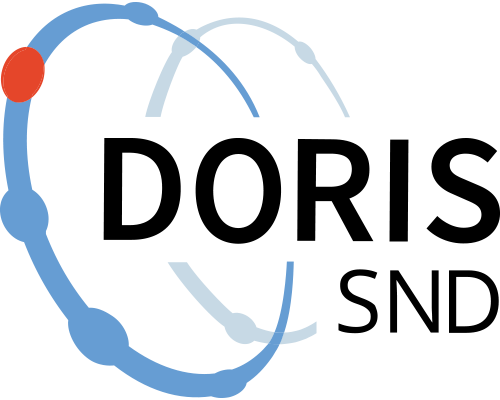LSH-studien: Livsvillkor, Stress och Hälsa
Även välfärdslandet Sverige har påtagliga socioekonomiska skillnader i hälsa. Dessa skillnader återkommer oavsett om man använder mått på socioekonomisk status (SES) i form av utbildningsnivå, inkomst eller yrkesstatus. Skillnaderna återkommer också för dödlighet och sjuklighet oavsett diagnos samt för självskattad hälsa men är särskilt väl visat för risk att insjukna och dö i hjärtinfarkt, med dubbel risk i låg SES. Orsakerna är inte klarlagda. Vi vet att låg SES är förenat med mer ogynnsamma levnadsvanor, men dessa kan bara förklara en del av SES skillnader i hälsa. En möjlig förklaring är effekt av psykosociala faktorer. En ogynnsam psykosocial karaktäristisk med höga nivåer av psykosociala riskfaktorer eller bristande tillgång till psykologiska resurser är idag välkända prediktorer för hjärtinfarkt och också vanligare i låg SES. Vi, och andra, har visat att dessa samvarierar med bristande funktion i HPA axeln och försvagad kortisolreaktivitet liksom med höjda nivåer av markörer för låggradig inflammation och plaque vulnerabilitet som också är prediktorer för hjärtinfarkt.
Vårt syfte är att, prospektivt, studera om och hur psykosociala faktorer, särskilt psykologiska resurser, kan förklara SES skillnader i insjuknande och död i hjärtinfarkt samt om observerade effekter kan förklaras av biologiska markörer för HPA-funktion, inflammation och plaque vulnerabilitet.
Vi studerar två kohorter av deltagare (45-70 år, 50% kvinnor) båda slumpmässigt valda ur befolkningen och där datainsamling följt samma protokoll. Datainsamling: kohort I 2003-2004 (n=1007); kohort II 2012-2015 (n=7051) innefattade omfattade frågeformulär om SES, psykosociala riskfaktorer, psykologiska resurser, levnadsvanor och aktuell sjukdom, antropometriska mått, saliv-prov i hemmet och blodprov som sparas i biobank. Huvudutfall är hjärtinfarkt och instabil angina, vars data kommer att jämföras med kontroller i en nested case-control design.
Medan insjuknande och död i hjärninfarkt sjunker kvarstår oförändrade SES skillnader, och orsakerna till detta är inte klarlagda. Det saknas prospektiva studier som studerar betydelsen av psykosociala faktorer, särskilt psykologiska resurser, och som samtidigt analyserar betydelsen av biologiska mekanismer länkade till stress, inflammation och sårbarhet.
Detaljerad information om studiedesign, studiepopulation och tidslinje finns i seprat dokument under fliken Dokumentation.
Kohort 1: Datainsamling avser ett slumpmässigt urval av befolkningen i Östergötland. Deltagarna besvarade omfattande enkäter med validerade instrument, samlade saliv i hemmet morgon och kväll, besökte en vårdcentral för kroppsmått, och provtagning. Rutinprover såsom blodsocker och lipidstatus analyserades direkt. Därefter har prover förvarats frysta i Linköpings Biobank.
Kohort 2: Datainsamling avser ett slumpmässigt urval av befolkningen i Östergötland och Jönköping. Deltagarna besvarade omfattande enkäter med validerade instrument, samlade saliv i hemmet morgon och kväll, besökte en vårdcentral för kroppsmått, och provtagning. Rutinprover såsom blodsocker och lipidstatus analyserades direkt. Därefter har prover förvarats frysta i Linköpings Biobank.
Gå till källa för data
Öppnas i en ny tabbhttps://liu.se/forskning/livsvillkor-stress-och-halsa
Dokumentationsfiler
Dokumentationsfiler
Citering och åtkomst
Citering och åtkomst
Tillgänglighetsnivå:
Skapare/primärforskare:
Forskningshuvudman:
Data innehåller personuppgifter:
Ja
Typ av personuppgifter:
Medicinska data
Kodnyckel existerar:
Ja
Data innehåller känsliga personuppgifter:
Ja
Citering:
Metod och utfall
Metod och utfall
Datainsamlingar - 4 insamlingar
Datainsamlingar - 4 insamlingar
Geografisk täckning
Geografisk täckning
Administrativ information
Administrativ information
Ämnesområde och nyckelord
Ämnesområde och nyckelord
Relationer
Relationer
Publikationer
Publikationer
Metadata
Metadata
Version 1

Linköpings universitet